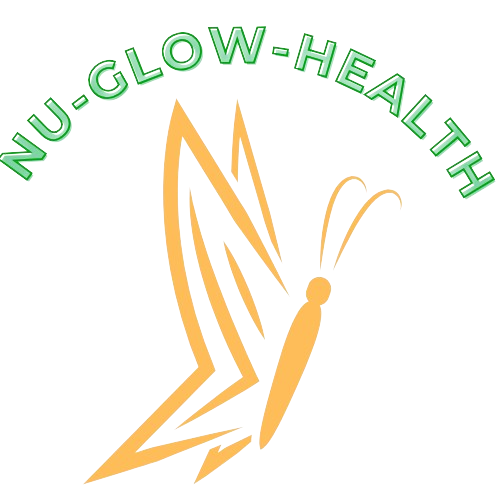Introduction: The Future of Healing
Long COVID continues to affect millions worldwide, causing persistent fatigue, brain fog, respiratory issues, and mental health challenges. While conventional medicine provides essential treatments, alternative and holistic approaches are gaining recognition for their ability to support long-term healing.
In 2025, advancements in integrative health, personalized wellness, and mind-body therapies are revolutionizing long COVID recovery. This guide explores research-backed, actionable strategies to regain vitality and balance through holistic healing.
Understanding Long COVID: A Mind-Body Challenge
Long COVID is a complex, multi-system condition affecting both physical and mental well-being. Common symptoms include:
-
Chronic fatigue
-
Shortness of breath
-
Cognitive dysfunction (“brain fog”)
-
Anxiety and depression
-
Joint and muscle pain
-
Sleep disturbances
Healing requires a comprehensive approach, combining nutrition, movement, stress management, and integrative therapies.
Holistic Strategies for Long COVID Recovery
1. Personalized Nutrition: Food as Medicine
📌 How can I improve my diet without strict dieting?
A personalized, anti-inflammatory diet can boost immune function and reduce inflammation.
🔹 Key Strategies:
✔ Adopt an Anti-Inflammatory Diet
-
Focus on whole foods: leafy greens, berries, nuts, and omega-3-rich fish.
-
Reduce processed foods, sugar, and excessive caffeine.
-
Increase hydration with herbal teas and electrolyte-rich drinks.
✔ Gut Health Optimization
-
Take probiotics (fermented foods like kimchi, yogurt, kefir).
-
Support digestion with digestive enzymes and fiber-rich foods.
✔ Supplements for Long COVID (Consult a healthcare provider first)
-
Vitamin D & C – Supports immune function.
-
Magnesium – Aids in muscle recovery and sleep.
-
NAC (N-acetylcysteine) – Helps respiratory health and detoxification.
2. Restorative Movement: Gentle Yet Powerful
📌 What exercises help with fatigue and weakness?
Overexertion can worsen symptoms, but gentle movement restores energy.
🔹 Best Practices:
✔ Low-Impact Exercise
-
Walking – Start with short, slow-paced walks.
-
Swimming or Water Therapy – Eases joint pain.
✔ Yoga & Tai Chi for Nervous System Regulation
-
Reduce stress and improve lung capacity.
-
Support balance, flexibility, and circulation.
✔ Breathwork & Postural Therapy
-
Diaphragmatic breathing improves oxygen intake.
-
Buteyko Method helps regulate breath patterns.
3. Mind-Body Healing for Cognitive and Emotional Well-Being
📌 How can I overcome brain fog and anxiety?
Holistic mind-body therapies enhance mental clarity and emotional resilience.
🔹 Effective Approaches:
✔ Meditation & Mindfulness
-
Guided meditation improves focus and reduces anxiety.
-
Journaling supports emotional processing.
✔ Acupuncture & Traditional Chinese Medicine (TCM)
-
Balances energy flow (Qi) and reduces inflammation.
-
Studies suggest acupuncture may alleviate chronic pain and fatigue.
✔ Adaptogenic Herbs for Stress & Brain Function
-
Ashwagandha – Reduces cortisol and stress.
-
Lion’s Mane Mushroom – Supports brain health and cognitive function.
4. Sleep Optimization: Repairing the Body
📌 How can I fix my sleep cycle naturally?
Poor sleep disrupts healing. Optimize sleep with science-backed techniques.
🔹 Natural Sleep Hacks:
✔ Regulate Circadian Rhythms
-
Expose yourself to morning sunlight to reset your internal clock.
-
Avoid screens and blue light at least 1 hour before bed.
✔ Magnesium & Herbal Remedies
-
Magnesium glycinate promotes deep sleep.
-
Chamomile & Valerian root aid relaxation.
✔ Sound Therapy & White Noise
-
Binaural beats and 432 Hz frequencies calm the nervous system.
Frequently Asked Questions (FAQs)
📌 How do I stay consistent with workouts if I feel exhausted?
Start small and gentle. Even 5-10 minutes of light stretching or walking can help build stamina over time.
📌 Are there holistic doctors who specialize in long COVID?
Yes! Look for functional medicine practitioners, naturopaths, or integrative health specialists trained in post-viral recovery.
📌 Can stress worsen long COVID symptoms?
Absolutely. Chronic stress weakens the immune system. Techniques like breathwork, meditation, and acupuncture help regulate stress hormones.






